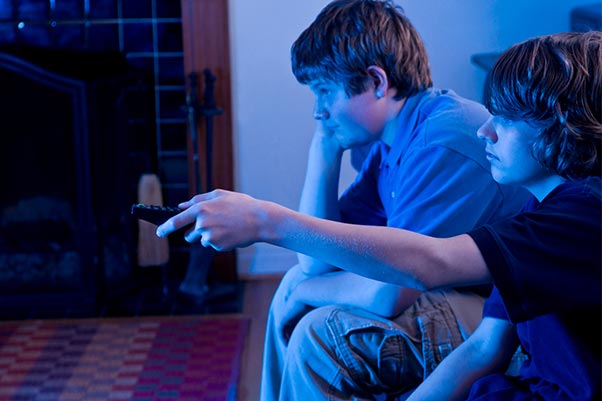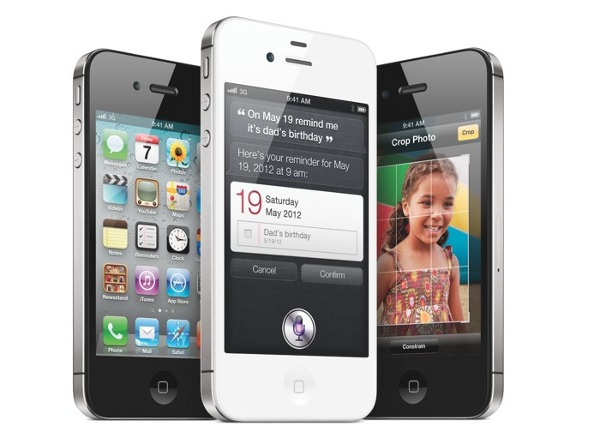What is Flickr?
Flickr is an image sharing site and online community. Users upload and manage photos, comment on others' pictures, subscribe to image feeds, and communicate with up to 3,000 contacts on Flickr.
How do you sign up?
Only a Yahoo email address is required for sign up, which is by default hidden from users who aren't designated as “friends and family.” A person's real name and current city, if provided, are public by default.
Who can add photos on Flikr?
Registered users can geotag their uploaded photos, tag and add notes, organize albums, and join groups of similar pictures taken by other people.
What sort of privacy settings are there?
Users set a privacy level for each photo and designate who can download it. They also assign the photo license (“all rights reserved” is the default) and the safety level of the photos.
-
“Safe” means appropriate for everyone
-
“Moderate” is mature (Flickr specifies that “bare breasts and bottoms” fall into this category)
-
“Restricted” means definitely not for minors
It's important to note that users themselves are responsible for designating safety levels, not Flickr. Users can flag inappropriate or incorrectly rated photos they view.
What can a parent do?





















